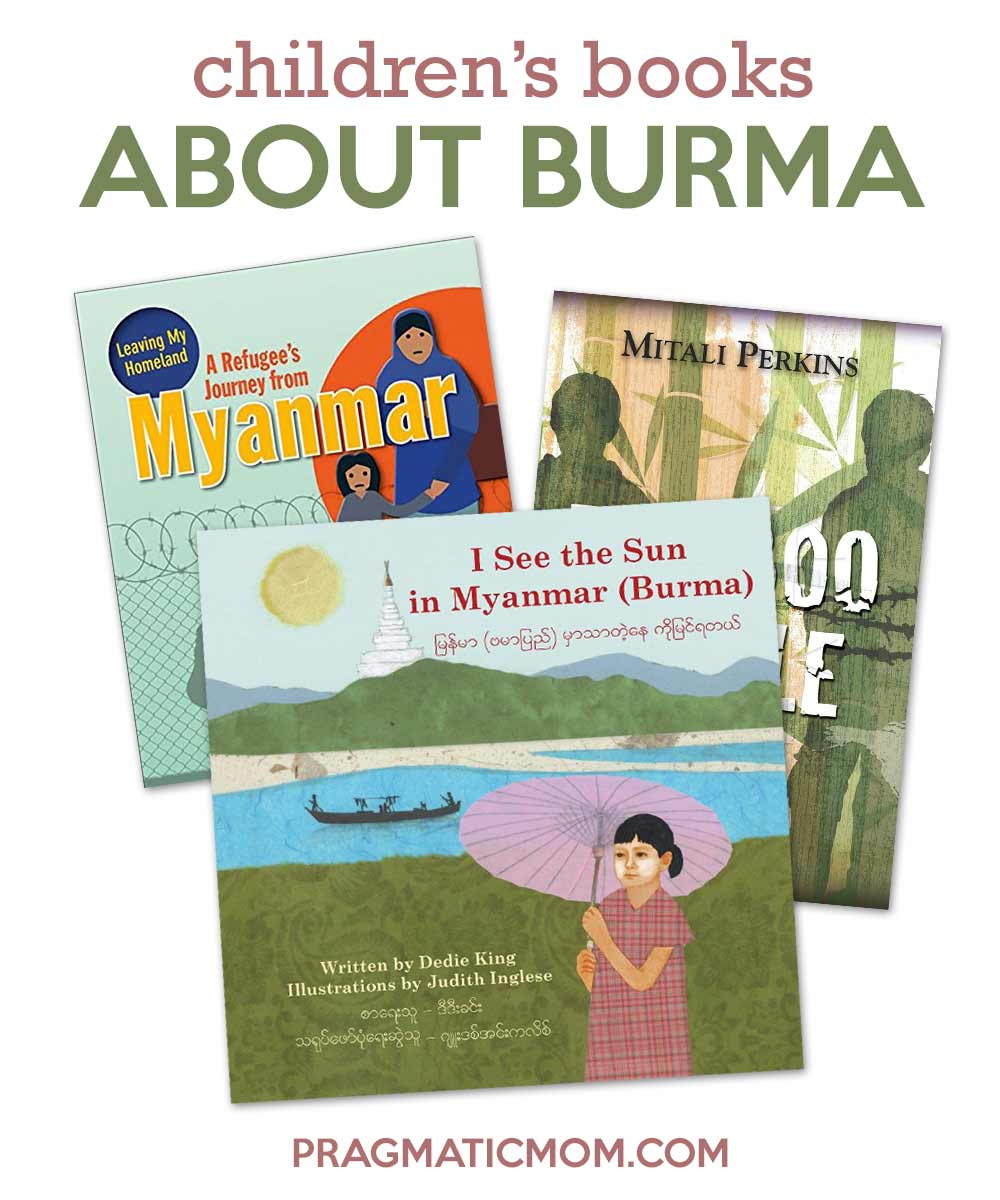
The discovery of new titles is always an exciting moment! My colleagues and I have shed many a tear as we share our favourites – such is the power of storytelling to provoke emotional responses. Other techniques include pausing at the right time, varying the volume or tone of your voice, and using gestures, expressions and sound effects.įor me, the wonder of storybooks is that I am always discovering new titles, and not just recent publications but old classics as well. Practise reading it aloud several times before you read it to the class so you can deliver the story confidently, making use of a variety of storytelling techniques such as pointing to the illustrations, commentating, asking questions and encouraging children to predict and repeat. You need to familiarise yourself with the book, its layout, the illustrations and the story. Reading a storybook aloud requires preparation. What to consider when reading a story aloud This gives children a purpose for their work and keeps them motivated and on task. It’s important to tell children at the start of the lesson what the outcome will be: a presentation of the story, a project, making something, designing their own book, and so on. Once you’ve picked a storybook, you need to analyse its potential for the class and prepare a sequence of tasks which incorporate preparation activities, mid-storytelling activities and follow-up activities.
#MYANMAR LOVE STORY BOOK 2014 FULL#
(The storytelling handbook Tell it Again! lists these criteria in full to help teachers make informed choices). Teachers need to be aware of the criteria they can use to choose storybooks, such as level, subject matter and motivation. They may have limited knowledge of their second language but still have ideas, concepts and aspirations relevant to their developmental age. The key to successful storytelling is having the right story for the linguistic and cognitive ability of the children.

Each child can respond according to their linguistic level and cognitive ability. Storybooks help teachers meet these various needs, as all children can understand the overall meaning of a story with the help of the teacher’s storytelling techniques and the beautiful illustrations. The expansion in the teaching of English around the world to ever younger ages, and the variation in policy from one country to another, means that teachers are finding themselves teaching classes of children with diverse learning needs and varying levels of English. Storybooks can meet a variety of learner needs Another important benefit is that storybooks encourage children to enjoy language learning and foster their appreciation of literature. Storytelling is a shared social experience and provokes a response of laughter, sadness, empathy, excitement and anticipation, all of which encourage social and emotional development. They are also very motivating as they exercise children’s imaginations and appeal to different interests and learning styles. Storybooks can act as a springboard for a wide variety of activities to develop children’s English language skills and bring other areas of the curriculum to life, through the theme or content of the book. Teachers can use storybooks to complement an English language course or as the main teaching resource. They also discover different styles of illustration and learn about the culture of the illustrator. In this way, children develop their visual literacy and appreciation of art.

Storybooks present language in familiar and memorable contexts, and high quality illustrations help children understand as they match what they hear to what they see. This is because children love listening to stories.

Illustrated storybooks provide an ideal resource for helping children learn English. Listen to an interview with Gail in our podcast and register for her webinar taking place on Thursday, 2 October. What makes illustrated storybooks such a good resource for teaching young learners of English? The British Council’s Gail Ellis, co-author of a storytelling handbook for primary English language teachers, explains.


 0 kommentar(er)
0 kommentar(er)
